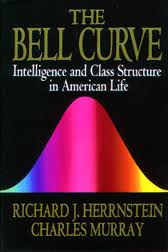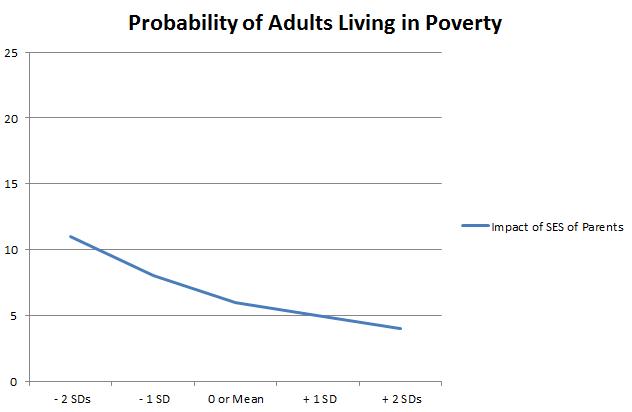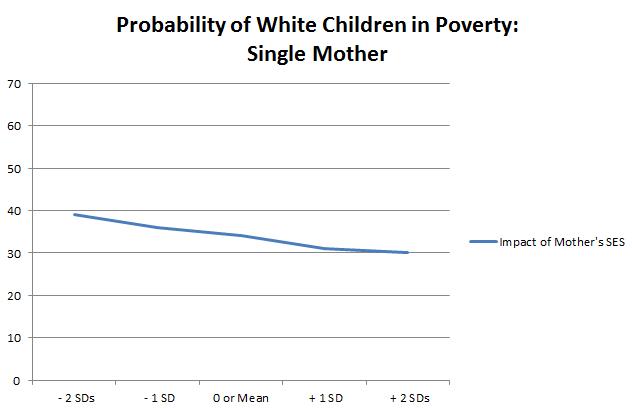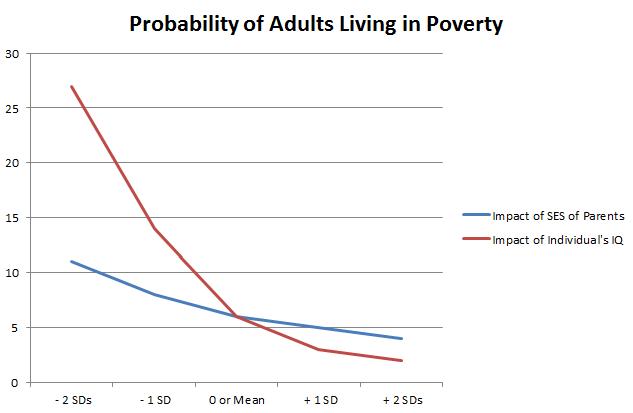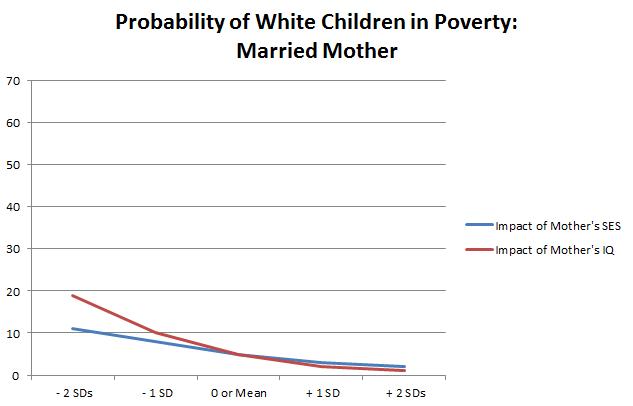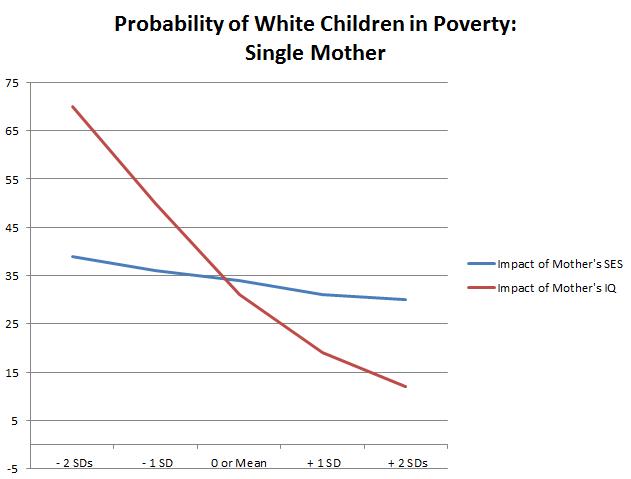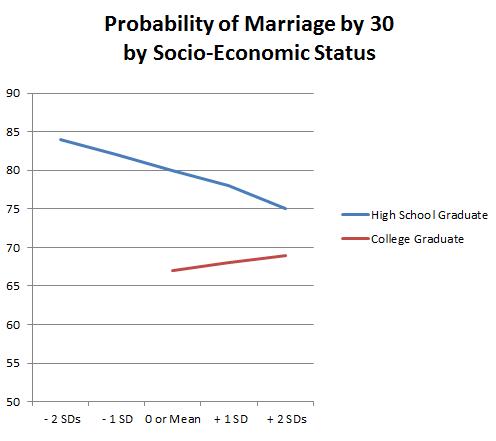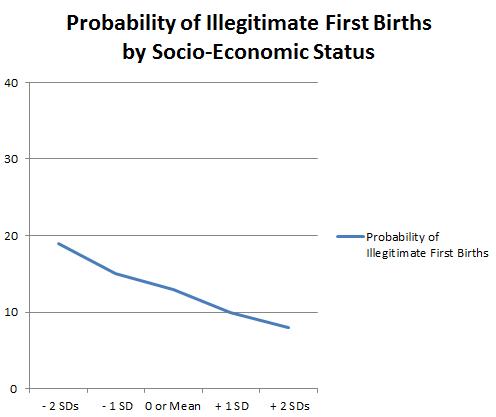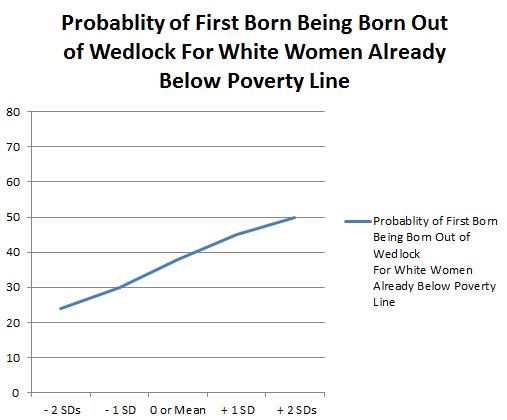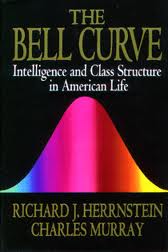Recently Jeb Bush has taken jazz for claiming that “we should shame single mothers”.
Public shaming would be an effective way to regulate the “irresponsible behavior” of unwed mothers, misbehaving teenagers and welfare recipients, former Florida Gov. Jeb Bush (R) argued in his 1995 book Profiles in Character.
When I read this my immediate reaction was, “Holy man, are you kidding me? Another dipshit republican stepping in it when it comes to social issues?”
Then I read his quote:
“One of the reasons more young women are giving birth out of wedlock and more young men are walking away from their paternal obligations,” he wrote, “is that there is no longer a stigma attached to this behavior, no reason to feel shame.”
So, yeah, THAT’S different than the characterization that Bush thinks we should trot a woman into town square, tie her up and then publicly shame her like some ISIS punishment. What Bush is saying is that A) Intact families, complete with mothers and fathers, generate better outcomes for children than households managed by a single parent B) Society has recognized this and built in a method whereby single parent behavior is NOT placed in a positive light.
Nobody, right or left, disputes the body of evidence that claims 2-parent households are better units for kids than 1-parent homes. We should discourage single moms, AND dads, from running households. Divorce should present as a social burden on society. Birth out of wedlock should be viewed as unacceptable behavior.
All of which is different from the meme that somehow single moms should be subject to the formal and organized shaming that the haters are heaping at Jeb’s feet.


